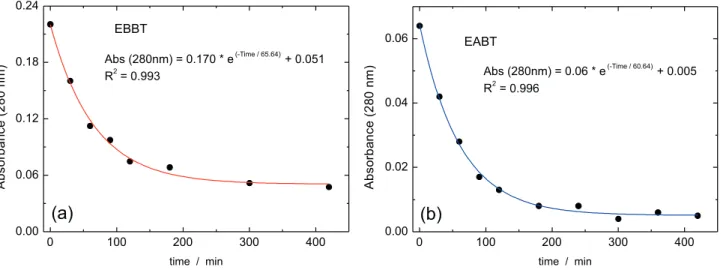Pulp Mill Effluent Treatment Using Plasma Obtained by High Voltage Electrolysis
Texto
Imagem




Documentos relacionados
Ethanol concentrations lower than or equal to 20 mM (100 mg/dl) showed no significant changes in any parameters suggesting that ethanol does not interact with erythrocyte membrane
This study clearly showed that a high yield ethanol production from cassava pulp can be carried out in two stages, namely separate hydrolysis and fermentation (SHF). In the
31 Uma análise menos atenta ao quadro-síntese que apresentámos a propósito da abordagem sociológica à explicação do autorrecrutamento ocupacional poderá sugerir que existe já
Secondary effluent (50 L) from anaerobic treatment whose sewage is originated from domestic and aircraft maintenance stablisiment was obtained before its discharge into the
Plasma levels of vascular dysfunction markers were measured before treatment and 1, 3, and 6 months after treatment using commercially available high-sensitivity
The results of the present study showed that rats in- jected with gentamicin for 9 days and sacrificed two days after the end of this treatment presented higher plasma
Results obtained during this pilot treatment test to remove VOC’s ( toluene and benzene) from the gaseous effluent of an oil-refinery WWTP, with application of a combined process
The potential for reduction in the greenhouse emission gases was obtained by the difference between the calculated values for the influent and effluent of both treatment systems
